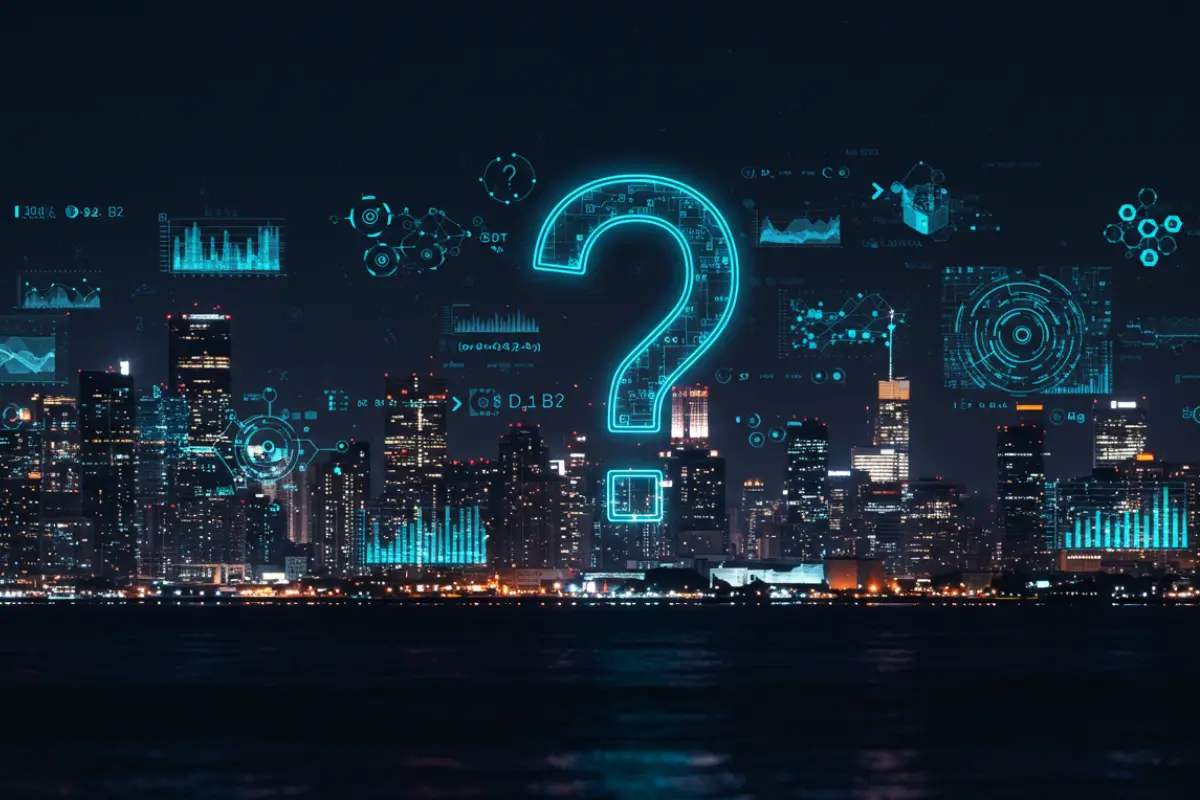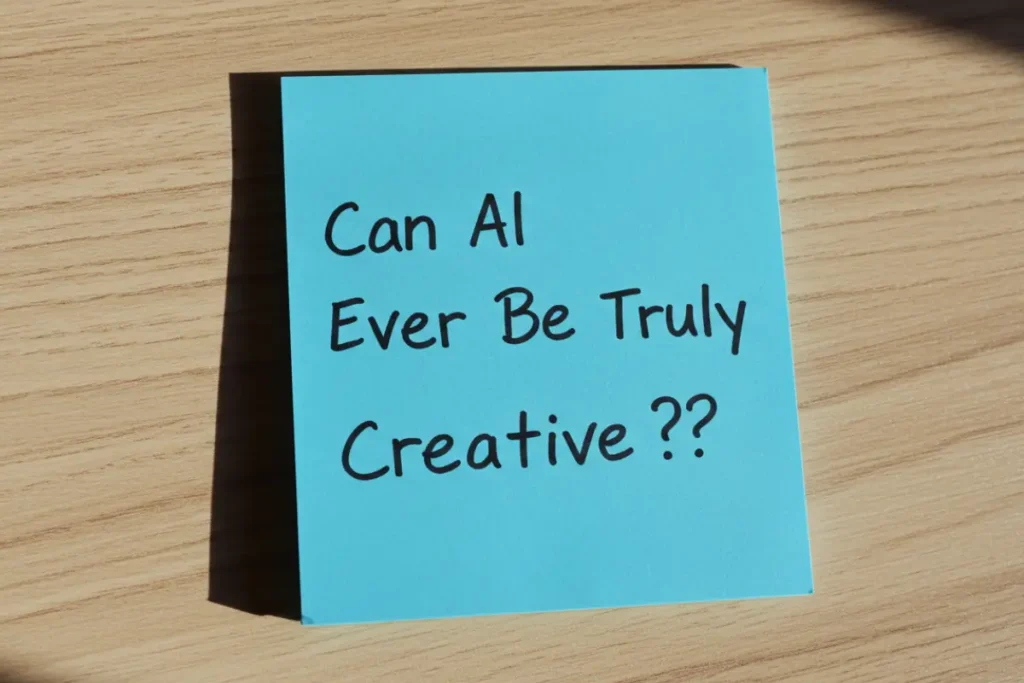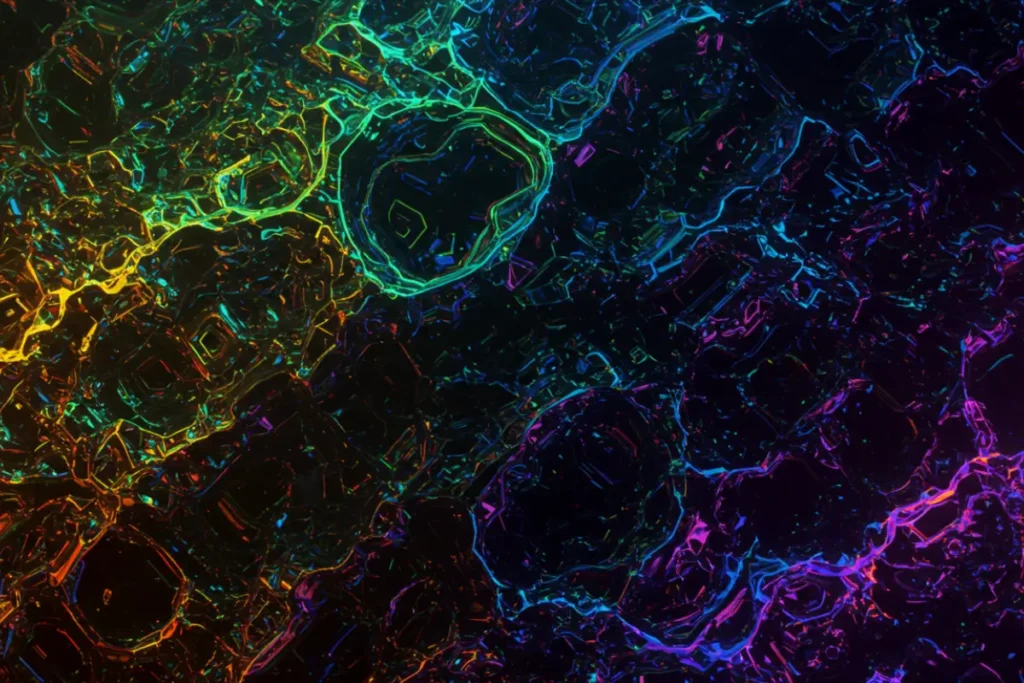Can AI Ever Be Truly Creative?
- March 28, 2025
- 0
Is it the spark of genius that lets humans paint masterpieces, compose symphonies, and write captivating stories? Are we really going to lose our place or is it
Is it the spark of genius that lets humans paint masterpieces, compose symphonies, and write captivating stories? Are we really going to lose our place or is it

Is it the spark of genius that lets humans paint masterpieces, compose symphonies, and write captivating stories?
Are we really going to lose our place or is it just a human fear of the unknown?
Or is creativity something deeper, an ability to think outside the box, to innovate, to see connections where others see none? As an AI enthusiast, I find this question fascinating. AI has come a long way, but can it ever be truly creative? Let’s see.

Creativity is often defined as the ability to generate new and original ideas. It’s not just about randomness but about making meaningful and innovative connections between concepts. This involves:
Humans are naturally creative because we draw inspiration from personal experiences, emotions, and cultural influences. But can AI do the same?

AI can generate impressive works of art, compose music, and even write poetry. But does that make it creative? Here’s how AI creates content:
This is where the debate begins—if AI is just remixing existing content, can it really be called creative?
Even though AI can produce fascinating works, it lacks some fundamental elements of human creativity:
Despite these limitations, AI is getting better at simulating creativity. Some AI-generated works have even won art competitions, sparking debates on whether AI should be allowed to compete with humans in artistic fields.

AI-generated creativity is already making waves in several industries. Let’s take a look at how AI is revolutionizing different creative fields:
But here’s the real question: does AI understand what it creates, or is it just cleverly mimicking human creativity?
AI is a powerful tool, but it’s not a replacement for human creativity. Here’s why:
✔ AI Can Assist Human Creativity: Many artists, musicians, and writers use AI tools to enhance their work.
✔ AI Can Inspire New Ideas: AI-generated content can serve as a starting point for human artists. ✘ AI Lacks Human Emotion: The depth of human experience adds a unique touch to creativity that AI simply can’t replicate.
✘ AI Can’t Innovate Beyond Its Data: AI only builds upon what already exists.
The most likely future is collaboration, where AI and humans work together to push the boundaries of creativity.

As AI continues to evolve, we may see:
🔹 AI that understands context better, making its creations more meaningful. 🔹 More advanced neural networks that simulate intuition and human-like thinking.
🔹 Collaboration between AI and artists becoming the norm in industries like film, music, and literature. 🔹 New ethical discussions about AI-generated content and ownership rights.
One thing is certain: AI is already changing the creative landscape, but it’s not replacing human ingenuity—it’s enhancing it.
At the end of the day, AI is an incredible tool, but it’s not truly creative in the way humans are. It lacks the soul, passion, and emotions that drive human art and innovation.
However, that doesn’t mean AI isn’t valuable—far from it! AI can help us explore new creative possibilities, push artistic boundaries, and inspire new ideas.
I don’t believe we’re going to lose our place there, but I wouldn’t sing victory either, largely because of the uncertainty of the future.
I believe that as more creative people we can indeed use this to our advantage, but it all depends on the human being knowing how to regulate this in their lives.
What do you think? Can AI ever be truly creative? Drop a comment below and let’s discuss! And if you enjoyed this article, don’t forget to share it with your friends! 🚀
📌 Related Articles:
📌 External Source: